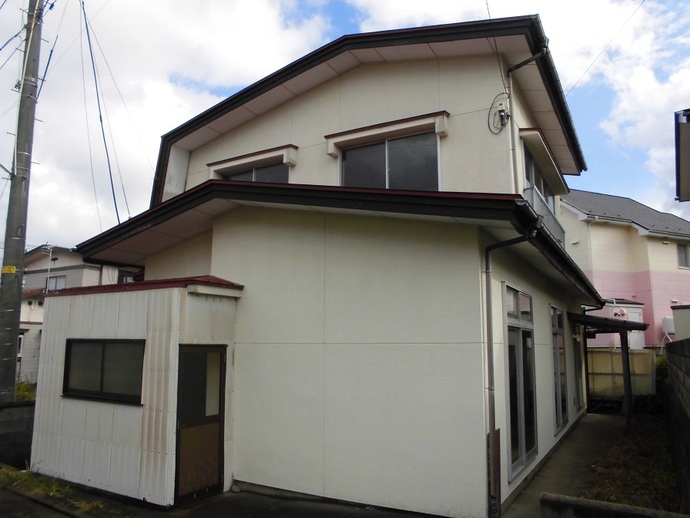
 Verify availability
Verify availabilityAdd to lists:✕

A one-story house in Yuwa Aikawa. It is adjacent to a prefectural road and has good transportation access. The grounds are spacious and you can enjoy gardening.雄和相川にある平家建住宅。県道に接し交通アクセスが良好。敷地が広く家庭菜園も楽しめます。
| Land:土地面積 | 1664 m² |
|---|---|
| Building:建物面積 | 181 m² |
| Structure:構造 | Wooden木造 |
| Built in:建築年 | 1987 |

This is a 5LDK, two-story house located in Tegata Omatsuzawa, approximately 350 meters from Akita High School and 500 meters from Akita University.秋田高校まで約350メートル、秋田大学まで約500メートルの手形字大松沢にある5LDK2階建住宅です。
| Land:土地面積 | 238 m² |
|---|---|
| Building:建物面積 | 113 m² |
| Structure:構造 | Wooden木造 |
| Built in:建築年 | 1976 |

Japan is an enticing destination for those looking to immigrate and start a new life. It is a country that seamlessly blends rich tradition with cutting-edge modernity. One of the key factors that make Japan so attractive to prospective immigrants is the housing availability. While Japan's bustling metropolises like Tokyo, Osaka, and Kyoto offer a wide range of housing options, from modern apartments to traditional machiya, the country also faces a unique issue: a surplus of vacant houses, especially in rural areas. This provides an intriguing opportunity for immigrants to potentially acquire properties at reasonable prices, often at a fraction of what one might pay in major cities.
Japan's real estate market is diverse and can cater to various budgets. While cities like Tokyo tend to be on the higher end of the spectrum, there are still affordable options to be found in the suburbs and smaller towns. This inclusivity in housing costs allows immigrants to select a location that suits their financial circumstances.